BAE Systems has been awarded a £75 million contract by the U.S. Navy to develop advanced countermeasure pods designed to protect the P-8A Poseidon Multi-Mission Maritime Aircraft from missiles and other threats, according to a press release.
The electronic warfare (EW) pods are engineered to detect and counter inbound threats, safeguarding the Poseidon aircraft and its crews while extending operational capabilities in contested environments.
“We’re working closely with the U.S. Navy to deliver innovative solutions to protect this critical, high-value aircraft,†said Don Davidson, Director of Advanced Compact Electronic Warfare Solutions at BAE Systems in the United States. “We quickly prototyped a very capable system using proven technology to defend against air-to-air and surface-to-air guided threats,†he added.
The survivability pods developed by BAE Systems provide early threat detection and deploy effective countermeasures to protect both U.S. and international high-value airborne assets.
Featuring a flexible, open architecture design, these pods allow for rapid and affordable modernisation and are compatible with future threat-detection and decoy countermeasure capabilities.
The engineering and manufacturing development (EMD) contract follows a previous rapid-response contract awarded by the U.S. Navy in 2021 to demonstrate the system, say the company.
During this initial phase, BAE Systems designed, built, and tested a demonstration pod, highlighting strong military-industry collaboration and the ability to quickly prototype advanced systems. The success of the initial demonstration, which included airworthiness and effectiveness testing, paved the way for the current EMD contract.
According to BAE systems, the P-8A self-protection pod is an integral component of BAE Systems’ Intrepid Shield strategy, a layered approach to aircraft and ground platform survivability that utilises the full electromagnetic spectrum to detect, exploit, and counter advanced threats. The design, they say, allows for rapid adaptation to other high-value airborne assets, ensuring they can operate effectively in contested environments.


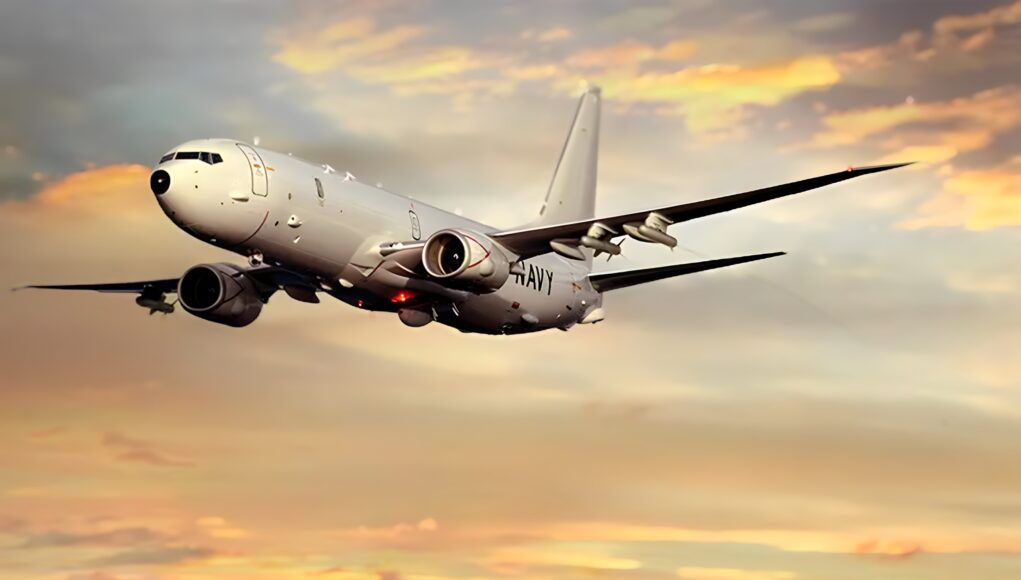
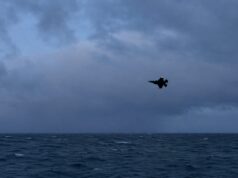
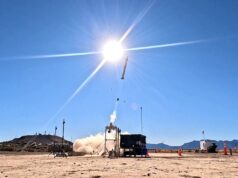
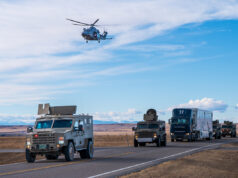
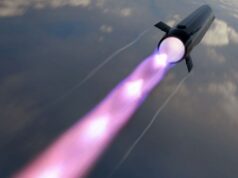
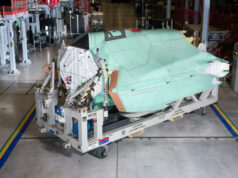
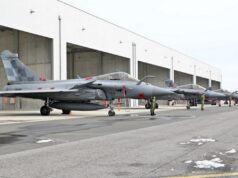

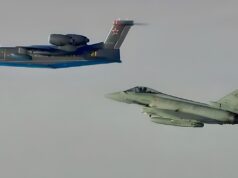
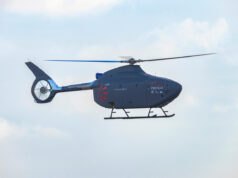
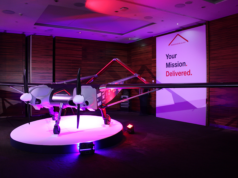

Must admit, I can’t actually see the aircraft getting hit?
Some for the RAF please…oh and maybe 5-6 more Poseidon would be a good idea owing to lack of ASW frigates and our SSN numbers going down to just 7 or is it in fact 6 I think now.
I wonder if we’ll see ECM that knocks drones out?